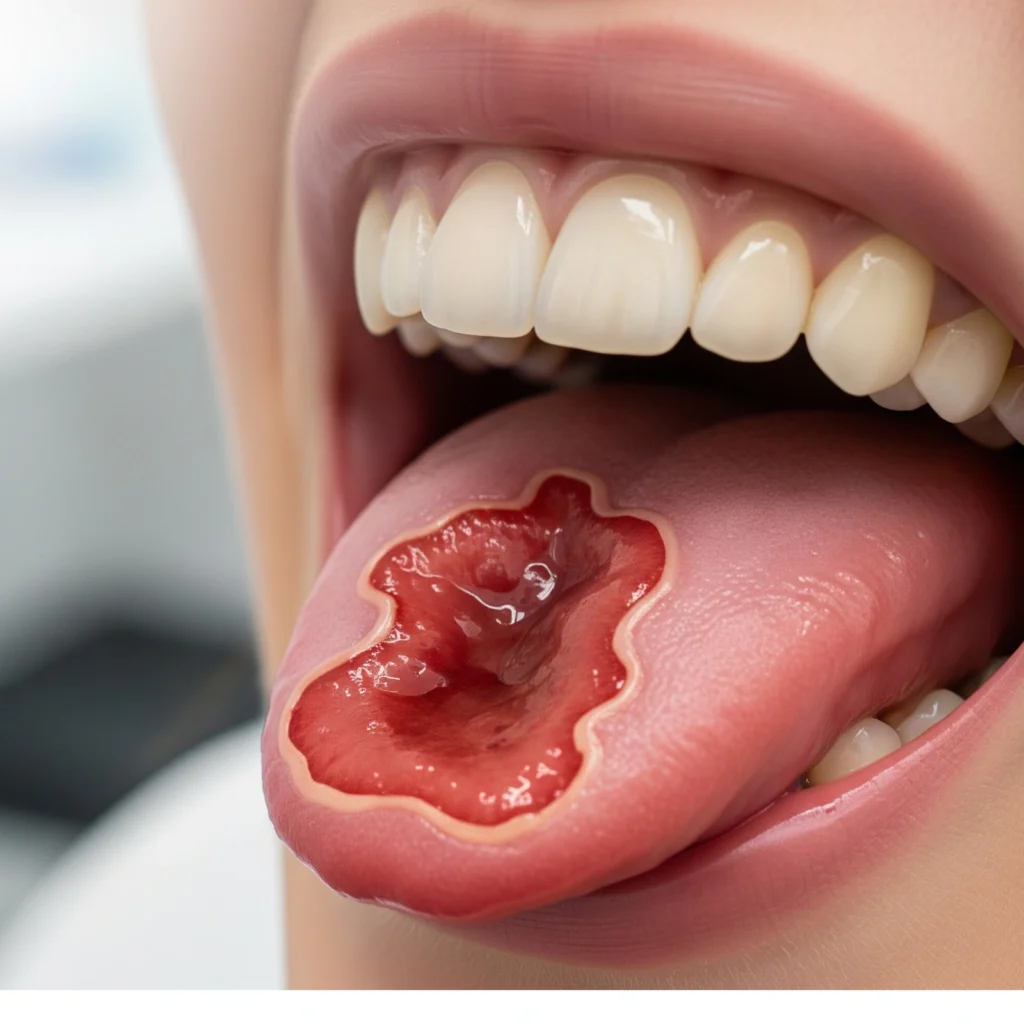Oral cancer is a life-threatening disease that impacts thousands globally each year. Despite being preventable and treatable in many cases, it often goes undetected until it reaches an advanced stage. Timely diagnosis and prompt medical care play a critical role in improving survival rates and reducing long-term damage.
Often overshadowed by more well-known cancers, oral cancer can be just as aggressive. It affects areas like the lips, tongue, cheeks, floor of the mouth, and throat. Unfortunately, the early signs are often missed, making awareness and regular screening essential.
Oral cancer refers to malignant growths that occur in any part of the oral cavity or throat. These may begin as small lesions or non-healing sores and can spread quickly if ignored. This disease covers cancers of lips, gums, tongue, cheeks, palate, and mouth floor.
It’s more commonly seen in men, particularly those above 40. However, lifestyle choices and environmental exposure mean that it can affect anyone, regardless of age or gender.

The symptoms of dental fluorosis range from mild to severe, depending on the level of fluoride exposure. In most cases, the changes are cosmetic and do not affect oral health.
Mild symptoms include:
Moderate to severe symptoms may include:
These changes typically affect the visible front teeth and may lead to self-consciousness, especially in adolescents.
Early identification of oral cancer symptoms can make a significant difference in treatment success. Although the signs may appear mild initially, they can quickly escalate without proper care.
Be alert to:
Sores in the mouth that don’t heal after two weeks
Unusual red or white patches inside the mouth
Numbness or pain in the mouth, face, or lips
Difficulty speaking, chewing, or swallowing
Unexplained swelling, thickening, or lumps in the oral tissues
Persistent sore throat or hoarseness
These symptoms can be mistaken for minor infections or dental problems, but if they persist, it’s important to seek medical or dental advice without delay.
Several contributing factors may elevate your risk of developing oral cancer. These include:
Tobacco Use: Chewing or smoking remains the top contributor to oral cancer.
Alcohol Abuse: Excessive alcohol intake, especially when combined with smoking.
HPV (Human Papillomavirus): A sexually transmitted virus linked to oral and throat cancers.
Poor Dental Hygiene: Chronic irritation due to broken teeth or poorly fitted dentures.
Genetics and Family History: Inherited risk may increase chances.
Sunlight Exposure: Raises lip cancer risk, mainly for those working outdoors.
Age and Gender: The condition is more common among older males.
Although you can’t control all risk factors, making healthy lifestyle choices can help lower your chances significantly.
Diagnosis often begins with a routine dental or medical checkup. Dentists are typically the first to notice suspicious changes in the mouth.
If anything unusual is found, further tests may include:
Biopsy: A small tissue sample is removed for lab testing.
Imaging Tests: X-rays, CT scans, or MRI help determine the spread.
Endoscopy: Used to examine deeper tissues in the throat and mouth.
Routine dental visits are vital for spotting early-stage abnormalities that may go unnoticed
Care differs based on the tumor’s size, stage, and where it appears. Common methods include:
Surgery: To remove cancerous tissues and nearby affected areas.
Radiation Therapy: Focused beams target and destroy cancer cells.
Chemotherapy:Drugs that help destroy or prevent the spread of cancer cells.
Targeted Therapy: Stops certain proteins that help cancer cells grow or divide.
A combination of these treatments is often recommended for best outcomes. With advancements in medical technology, therapies today are more precise and have fewer side effects.
Recovery doesn’t end with treatment. Many patients undergo a rehabilitation process that may involve:
Speech and swallowing therapy
Reconstructive dental work
Nutritional counseling
Emotional and psychological support
Regular follow-ups and a supportive care team are essential for long-term well-being and preventing recurrence.
While not all cases are avoidable, many can be prevented with lifestyle changes and regular screenings. Here’s how:
Quit smoking and avoid all forms of tobacco
Reduce or eliminate alcohol consumption
Practice safe sex to lower HPV risk
Eat a healthy diet rich in antioxidants
Use lip balm with SPF if working outdoors
Visit your dentist regularly for checkups
Consider HPV vaccination if recommended by your doctor
Being proactive about your oral health and staying informed can make a huge difference.
Oral cancer may be a silent threat, but with vigilance and timely intervention, it doesn’t have to be deadly. Recognizing early signs, eliminating risk factors, and seeking professional guidance are your best tools for prevention and recovery.
It may appear as a persistent sore, red or white patch, or unexplained lump in the mouth that doesn’t heal within two weeks.
No. Many early-stage cases are painless, which is why regular dental exams are essential.
Yes, particularly if caught early. Treatment success rates are higher in the initial stages.
The duration depends on the type and stage of cancer but typically ranges from a few weeks to several months.
Hyderabad : +91 6305 971445
Anantapur: +91 70758 90089
Goa: +91 83266 32500
Mon to Sat 10:00AM to 8:00PM
Sun 10:00AM to 12:00PM

Our goal is to provide friendly, caring dentistry with the highest standards in general, cosmetic, and specialist treatments. We strive to be the best dental hospital for comprehensive oral care.
We use advanced dental technology to deliver safe, precise, and painless treatments for every patient.